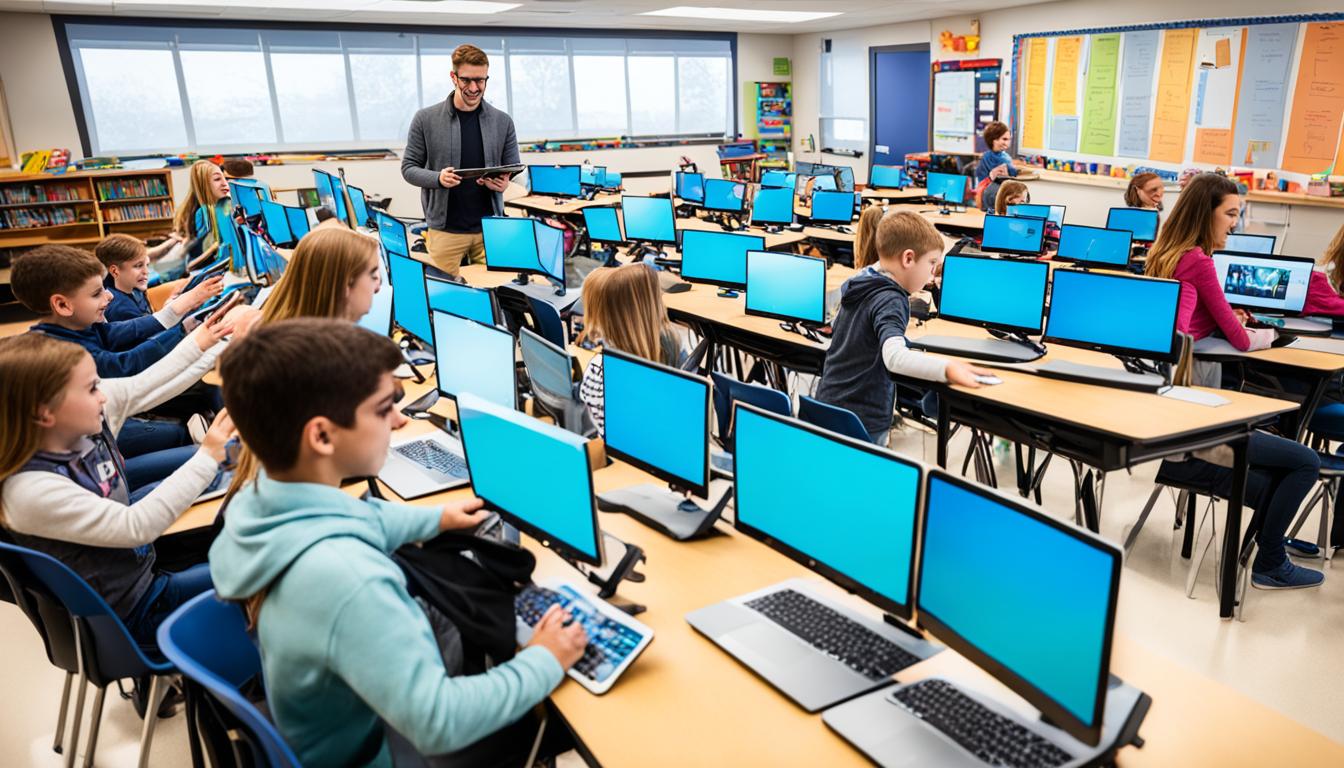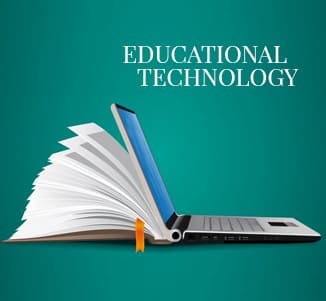Start Earning Today with Practical Make Money Ideas That Work
Start Earning Today with Practical Make Money Ideas That Work
Blog Article
Comprehensive Company Guides for Advancing Modern Technology Education in Schools and Colleges
The assimilation of technology education and learning into school and college curricula has become a critical vital in preparing trainees for a significantly electronic workforce. Thorough business guides play a critical function in this change by laying out the necessary frameworks for effective program implementation, fostering necessary sector collaborations, and gauging instructional end results. As schools strive to align themselves with market demands, the chances and difficulties presented by these guides warrant a closer assessment. Education. What details techniques can be embraced to maximize their effect on both teachers and students?
Relevance of Innovation Education
As innovation remains to advance at an extraordinary speed, the importance of innovation education has actually ended up being significantly obvious in today's society. The combination of technology into numerous facets of life requires that individuals have a foundational understanding of technical concepts and applications. This expertise not only improves employability however also promotes crucial reasoning and problem-solving skills important for browsing a vibrant workforce.
In universities, modern technology education gears up pupils with the ability to adjust to fast adjustments in industries driven by advancement. It urges creativity and equips students to engage with emerging modern technologies, from expert system to data analytics. Additionally, modern technology education and learning advertises electronic literacy, which is vital in an age where info is readily available yet frequently deceptive.

Trick Components of Effective Guides
Efficient overviews for innovation education and learning should include a number of vital parts to ensure that learners get one of the most from their experiences. Initially, a distinct curriculum is important, outlining the objectives, learning end results, and the skills to be established. This curriculum must be frequently updated to show the quickly developing technological landscape, ensuring relevance and applicability.
Second, comprehensive sources that consist of books, online materials, and hands-on devices are essential. These sources must be varied and easily accessible, satisfying various discovering preferences and designs. In addition, incorporating real-world situations and study can enhance understanding and engagement.
Third, analysis methods have to be consisted of to examine learner progression properly. These assessments must be differed, incorporating summative and developmental analyses that line up with the learning goals.
Furthermore, professional growth opportunities for instructors are essential. Educating workshops and programs can outfit teachers with the current technical improvements and pedagogical techniques.
Lastly, cultivating a joint knowing atmosphere motivates peer communication and expertise sharing. By including these crucial elements, overviews for technology education and learning can dramatically improve the understanding experience, preparing trainees for future obstacles in a progressively electronic world.
Structure Market Collaborations
Building solid industry partnerships is a crucial aspect of boosting innovation education. These cooperations in between universities and services create a dynamic environment that profits trainees, employers, and instructors alike. By promoting partnerships with industry schools, leaders and universities can straighten their curricula with the developing needs of the job market, making certain that pupils obtain appropriate abilities and understanding.
The development of internships, instructions, and mentorship programs offers as a cornerstone of these collaborations. Such chances offer pupils with hands-on experience, enhancing their employability and sensible understanding of technology applications. Furthermore, industry companions can provide understandings right into arising fads and technical innovations, enabling teachers to adjust their mentor techniques as necessary.
Moreover, collaborations can facilitate access to resources, such as equipment, software program, and financing for study tasks. These payments enhance the learning atmosphere and make it possible for establishments to remain at the center of technological innovation. Eventually, building durable sector partnerships is vital for growing a skilled workforce that meets the needs these days's rapidly transforming technological landscape, while likewise driving economic development and competition in the broader neighborhood.
Implementing Innovation Programs
Implementing technology programs within universities requires a critical method that focuses on both curriculum development and resource allocation. To initiate successful technology integration, institutions need to initially examine their existing framework and recognize spaces in resources, consisting of hardware, software program, and employees training. This analysis allows colleges and schools to read this article create a customized strategy that straightens with their certain instructional objectives.
Following, it is vital to establish a detailed educational program that includes emerging modern technologies and market criteria. Teaming up with instructors, sector specialists, and stakeholders can make sure that the educational program stays effective and relevant in preparing pupils for the labor force (Grants). Furthermore, specialist development for faculty is crucial, as it outfits educators with the abilities necessary to effectively instruct new innovations
Additionally, establishments should emphasize the relevance of hands-on learning experiences, such as labs and workshops, that allow students to apply academic expertise in useful settings. This experiential strategy enhances interaction and fosters essential thinking. Ultimately, securing sustainable funding via partnerships and grants can assist preserve and broaden technology programs, ensuring long-term success and versatility in an ever-evolving technological landscape.
Measuring Success and End Results
Analyzing the success and outcomes of modern technology education and learning programs is vital for validating their impact and leading future improvements. Efficient measurement structures should incorporate both qualitative and quantitative metrics, giving a detailed sight of program efficacy. Key performance indicators (KPIs) such as pupil enrollment numbers, retention rates, and course completion percents provide important measurable information.

Incorporating standardized assessments can even more assess pupils' technological expertises and readiness for the labor force. Benchmarking against comparable institutions enables contextually appropriate comparisons, highlighting areas for development.
Inevitably, the continual analysis of innovation education and learning programs cultivates a society of enhancement, making sure that they evolve in placement with sector needs and instructional requirements. By systematically determining success, organizations can not just demonstrate accountability to stakeholders but likewise improve their offerings, thereby enriching the discovering experience and preparing pupils for the ever-changing technological landscape.
Verdict

The assimilation of innovation education into college and university educational program has actually come to be a critical important in preparing students for a progressively electronic workforce.As modern technology continues to progress at an unprecedented pace, the significance of technology education and learning has actually come to be progressively noticeable in today's society.In academic institutions, modern technology education and learning gears up pupils with the ability to adjust to fast adjustments in markets driven by advancement. By prioritizing technology education, organizations can grow a generation of notified citizens qualified of leveraging modern technology for societal and individual development. The execution of durable analysis methods enables establishments to gauge success and results, ultimately improving the total efficiency of modern technology education and learning initiatives and preparing pupils for future difficulties.
Report this page